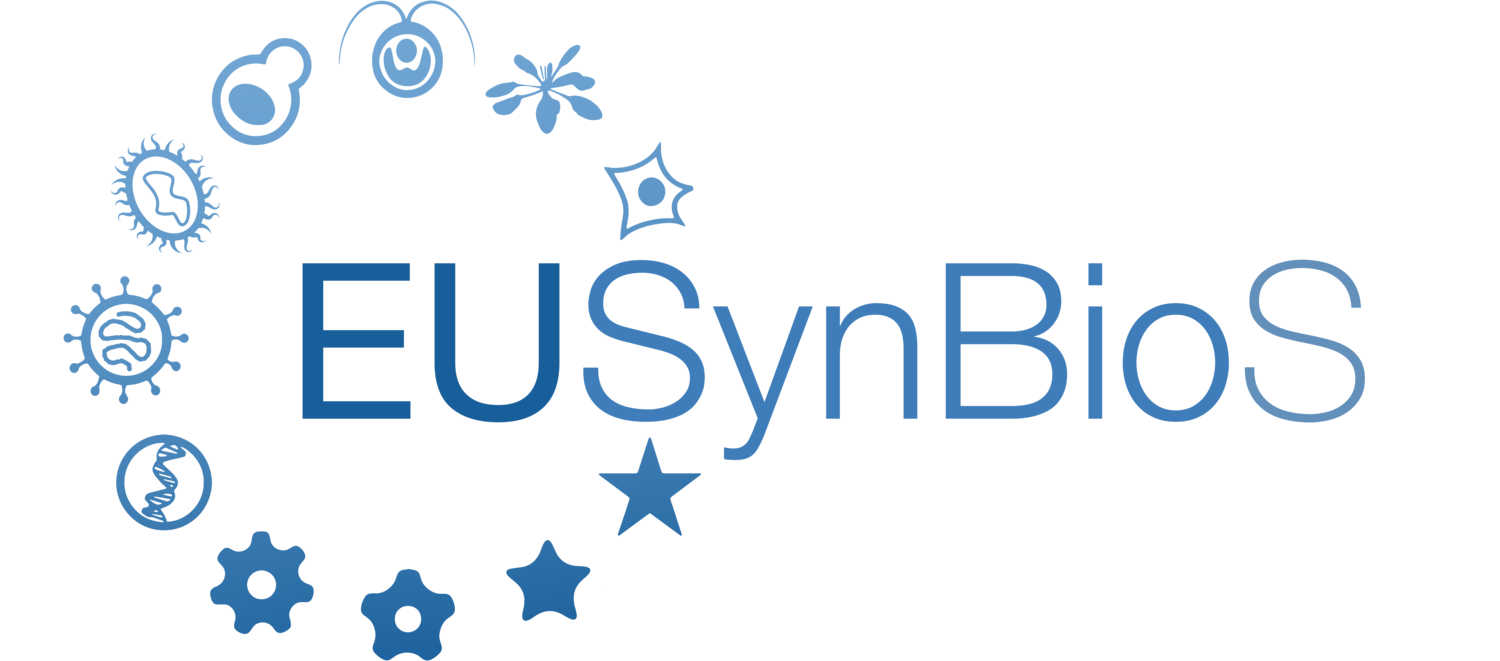Discussing the Future of the European Synthetic Biology Ecosystem
Sustainable Biofutures 2020
On the 11th of March, the EUSynBioS vice-chair Adam Amara took part in the virtual meet-up Sustainable Biofutures 2020 by the BioFutures Initiative. The Biofutures Initiative was co-created by iGEM & Hello Tomorrow as an opportunity for researchers, startups & companies in biotech to meet and discuss what infrastructure is needed to facilitate a sustainable Biofuture in the European Union. Originally, the event had been planned as part of this year’s Deep Tech Week in Paris, but due to the current Covid19 virus pandemic, it was rescheduled to take place as online video conference.
In the meet-up, Adam Amara shared and discussed EUSynBioS’ point of view in the panel “Insights into the EU Biotech Ecosystem”. This panel enabled different stakeholders from the European synthetic biology ecosystem to share their views and perspectives on how to build a better ecosystem. Besides EUSynBioS, the other panelists present were from diverse organizations also active in Europe, such as Hello Tomorrow, the iGEM Foundation and GASB, the German Association for Synthetic Biology.
State of the European Synthetic Biology Ecosystem
Nicolas Goeldel (Tech lead at Hello Tomorrow) highlighted some of the differences between the European, US, and Chinese ecosystems. As an example, European ecosystems were much more scattered than in the US or China, but sometimes clusters would form around common EU or national programs.
Will Wright (Director of Entrepreneurship at the iGEM Foundation), raised the point that most start-ups were created in major synthetic biology hubs, and that the quality of research often correlated with the creation of start-ups. The reason why Europe had less start-ups created could be due to the fact that the new European synthetic biology clusters have only emerged recently.
Adam Amara highlighted the fact that a lot of academic collaborations were happening within Europe but that, as they were more scattered and their interaction largely academic, it could be harder for a lot of early-stage researchers to see opportunities outside academia.
Hendrik Cooper (Executive Board Member at GASB) emphasized that Europe was mainly oriented towards an academic pursuit of synthetic biology, rather than towards its application to industry such as in the US.
Snapshot of the online conference.
Conclusions
Of the many points raised, a few key challenges for a better European synthetic biology ecosystem were identified.
-
Development of a thriving European ecosystem
Europe needs to create a thriving ecosystem for research, innovation and entrepreneurship in synthetic biology to match the level of the USA or China.
-
EU frameworks for synthetic biology
More progress is required at the EU level to create frameworks and regulations that will facilitate innovation and applications in synthetic biology.
-
An efficient European network
There is a need for a pan-European network capable of bringing together different stakeholders from different countries to discuss and coordinate their actions to boost the ecosystem.
A major point that was agreed on in the discussion was the need to develop a more interconnected network across Europe to help different stakeholders (academics, industry, start-ups, policy-makers, investors, public) to interact efficiently at the European level, beyond isolated clusters.
To build this kind of network it would be crucial to bring together the already existing infrastructure: organizations at the national level, such as GASB, entrepreneurship stakeholders, such as Hello Tomorrow or iGEM, as well as European-level organizations, such as EUSynBioS, all the way up to policy-makers in the EU. Connecting these single actors could at last be the starting point for a thriving and competitive European Synthetic Biology Ecosystem.
If you would like to learn more on the event and the Biofutures Initiative, check out their blog post ’Insights into the European Synthetic Biology Ecosystem’.


